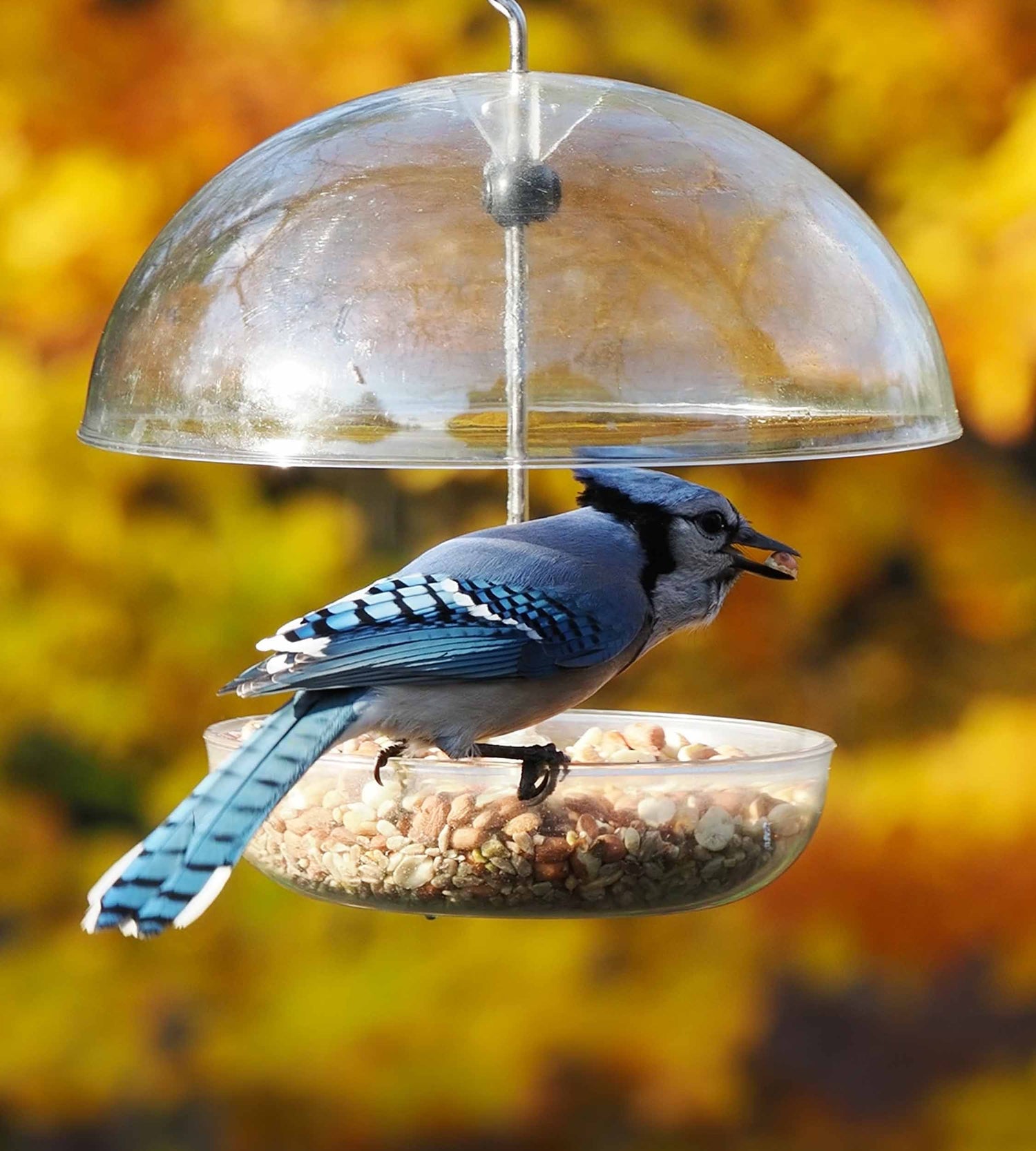Bird watching is a delightful hobby that brings us closer to nature. It’s even more enjoyable when you can attract these wild birds right to your backyard.
A bird feeder is a great way to do this. But how do you hang it in a tree correctly?
Choosing the Right Location
The location of your bird feeder plays a crucial role in attracting birds. It needs to be in a spot that’s safe and comfortable for them.
Choose a location that’s visible from your window. This way, you can enjoy bird watching from the comfort of your home.
Ensure the feeder is at a safe distance from potential predators. Keep it away from fences or shrubs that cats or squirrels can climb.
Lastly, consider the bird’s flight path. The feeder should be in a clear area where birds can easily spot it and fly in and out without obstruction.
Selecting the Perfect Tree
The type of tree you choose to hang your bird feeder on is important. It should be sturdy enough to support the weight of the feeder and the birds.
Look for a tree with strong, thick branches. These branches can better handle the weight of a large bird feeder or a small bird feeder filled with bird food.
Also, consider the tree’s foliage. Dense foliage can provide cover for birds, making them feel safer while they eat. However, too much foliage can obstruct their flight path, so find a balance.
Types of Bird Feeders and Their Placement
There are many types of bird feeders, each attracting different species of wild birds. The type of feeder you choose can influence where you hang it.
For instance, a suet feeder is great for attracting woodpeckers and jays. It’s best hung on a tree trunk or sturdy branch.
A domed bird feeder, on the other hand, is versatile. It can be hung from a branch or placed on a pole. This feeder attracts a variety of birds, including finches and cardinals.
Here are some common types of bird feeders:
• Suet feeder
• Domed bird feeder
• Large bird feeder
• Small bird feeder
• Window feeder
• Non-hanging bird feeder
Remember, the placement of your bird feeder should be safe and visible for birds. It should also be convenient for you to refill and clean.
Step-by-Step Guide to Hanging Your Bird Feeder
Hanging a bird feeder in a tree is a simple process. However, it requires careful planning and execution.
First, select a sturdy branch that can support the weight of the feeder and the birds. The branch should be at least 1.5 inches in diameter.
Next, decide on the height of the feeder. It should be high enough to keep predators away but low enough for you to refill and clean. A height of 5-6 feet is usually ideal.
Now, prepare your bird feeder hanging hooks. These hooks should be strong and rust-resistant. They should also be easy to open and close for maintenance.
Attach the hook to the branch. Make sure it is secure and does not slide along the branch. You can use a rope or chain to secure the hook if needed.
Hang the bird feeder on the hook. Check that it is balanced and does not tip over. Adjust the feeder as necessary to ensure it hangs straight.
Finally, fill the feeder with bird food. Use a variety of seeds and mixes to attract different bird species.
Remember to check the feeder regularly. Refill it when the food is low, and clean it every few weeks to prevent disease.
Bird Feeder Hanging Hooks and Accessories
Bird feeder hanging hooks play a crucial role in the setup. They ensure the feeder stays secure and balanced.
Choose hooks that are sturdy and rust-resistant. They should be able to withstand the weight of the feeder and the birds.
Also, consider using accessories like baffle cones or domes. These can deter squirrels and other pests from reaching the bird food.
Bird Food Varieties to Attract Different Species
The type of bird food you use can greatly influence the species you attract. Different birds have different dietary preferences.
For instance, suet cakes and suet pellets are a favorite of woodpeckers and jays. These high-fat foods provide them with much-needed energy.
On the other hand, orioles and bluebirds are more likely to be attracted by fresh fruit. Peanuts and nuts can attract a variety of species, including finches and cardinals.
Here’s a simple guide to bird food preferences:
• Woodpeckers and Jays: Suet cakes, suet pellets
• Orioles and Bluebirds: Fresh fruit
• Finches and Cardinals: Peanuts, nuts
Remember, variety is key. Offering a mix of seeds, nuts, and fruit can attract a diverse bird population to your feeder.
Maintenance and Hygiene for Bird Feeders
Maintaining your bird feeder is crucial for the health of your avian visitors. A clean feeder helps prevent the spread of diseases.
Regular cleaning is recommended. Remove any old or wet food that could harbor mold or bacteria.
Use a mild solution of bleach and water to clean the feeder. Rinse thoroughly and let it dry before refilling.
Remember, a well-maintained feeder not only attracts more wild birds but also keeps them healthy and happy.
Additional Tips for a Bird-Friendly Environment
Creating a bird-friendly environment goes beyond just hanging a feeder. Consider adding a water source nearby.
Birds need water for drinking and bathing. A birdbath or a shallow dish of water can be very inviting.
Plant native trees and shrubs that provide natural food and shelter. This will attract a wider variety of backyard birds.
Patience is key. It may take some time for wild birds to discover your feeder. But once they do, the reward of their presence is well worth the wait.






